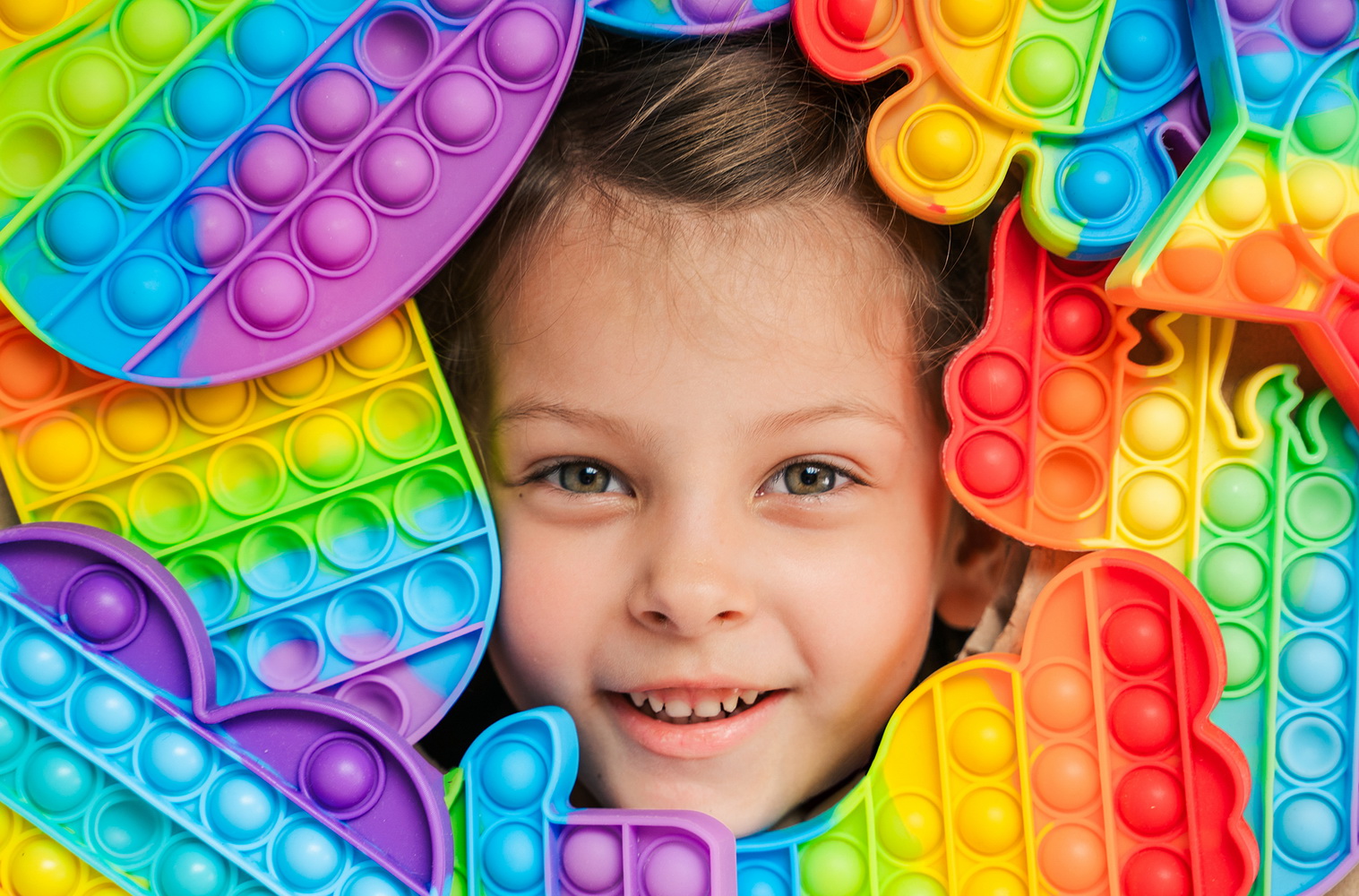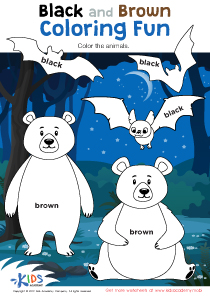Motor skills development English for Beginners Worksheets for Ages 5-9
7 filtered results
-
From - To
Discover our engaging "Motor Skills Development English for Beginners Worksheets" designed specifically for children aged 5-9. These worksheets combine language learning with essential motor skills practice, making them ideal for young learners. Each page features fun activities that challenge fine motor skills while introducing English vocabulary and basic sentences. From tracing letters to completing simple crafting tasks, our resources support both language acquisition and physical development. Perfect for teachers and parents, these worksheets encourage creativity and coordination while reinforcing English language fundamentals. Foster a love for learning and help your child build confidence and competence with our motor skills development resources.


Letter H Tracing Page
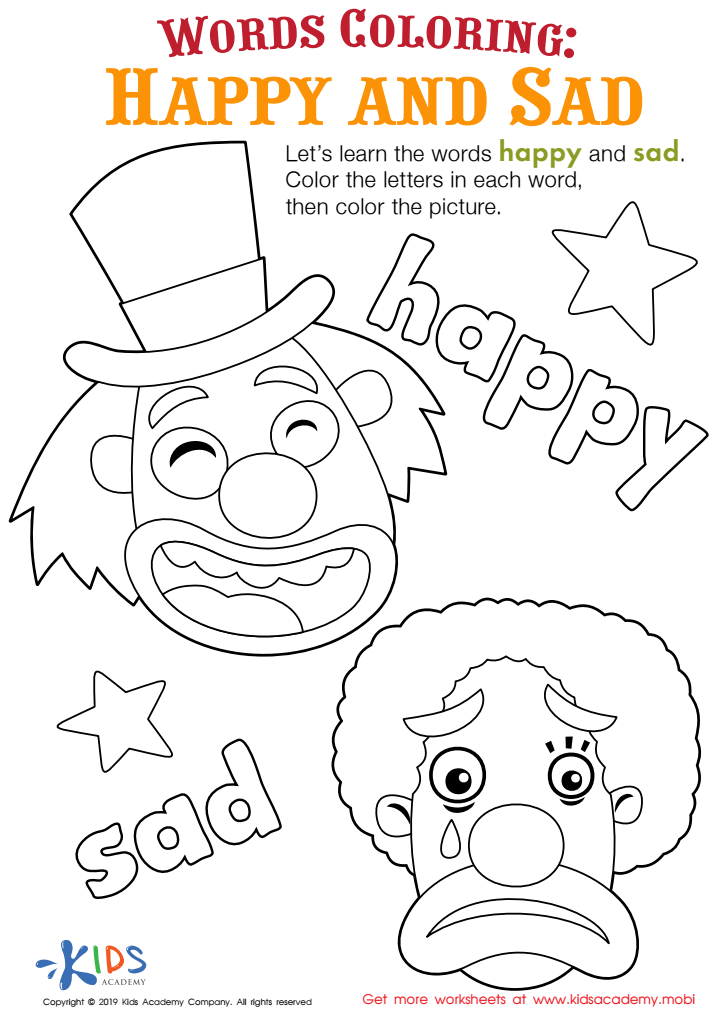

Happy and Sad Words Coloring Worksheet
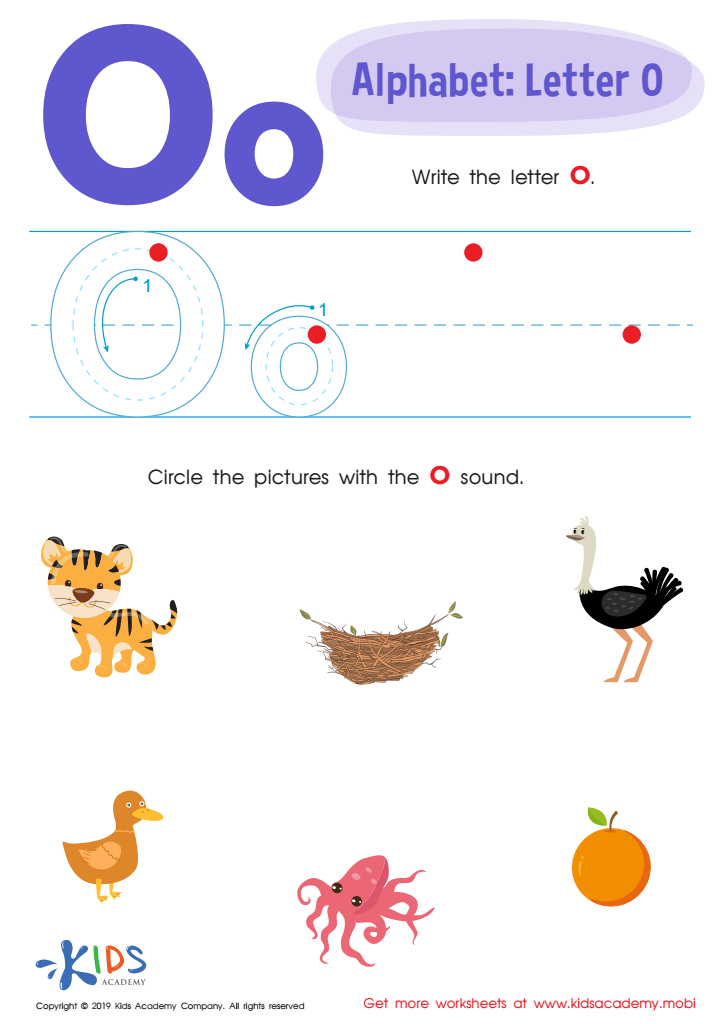

Letter O Tracing Worksheet
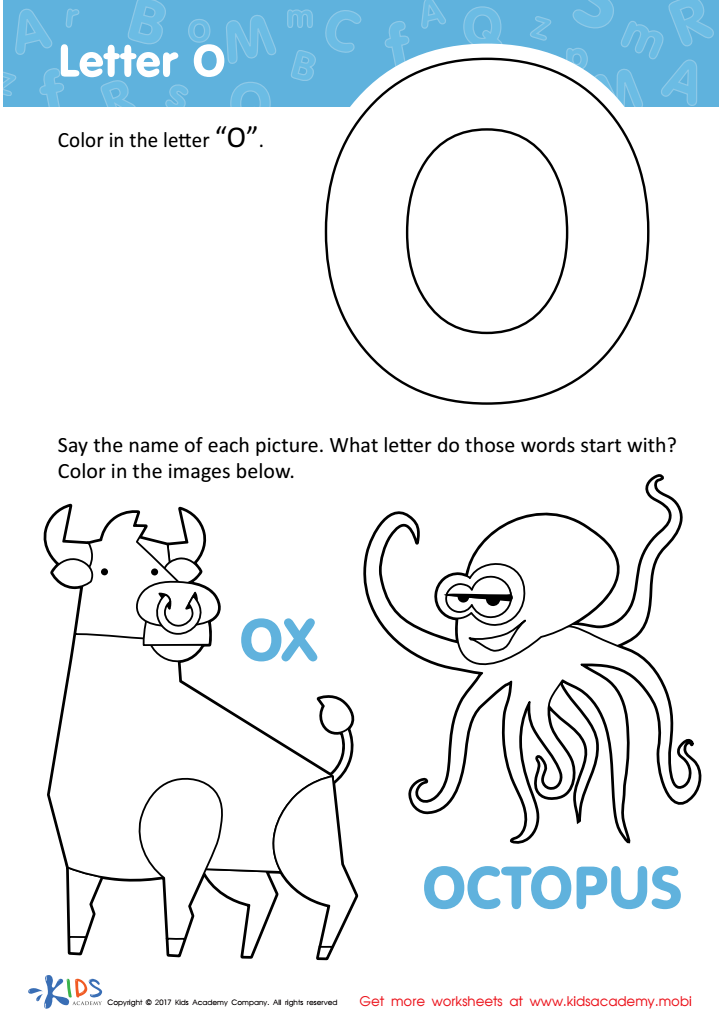

Letter O Coloring Sheet
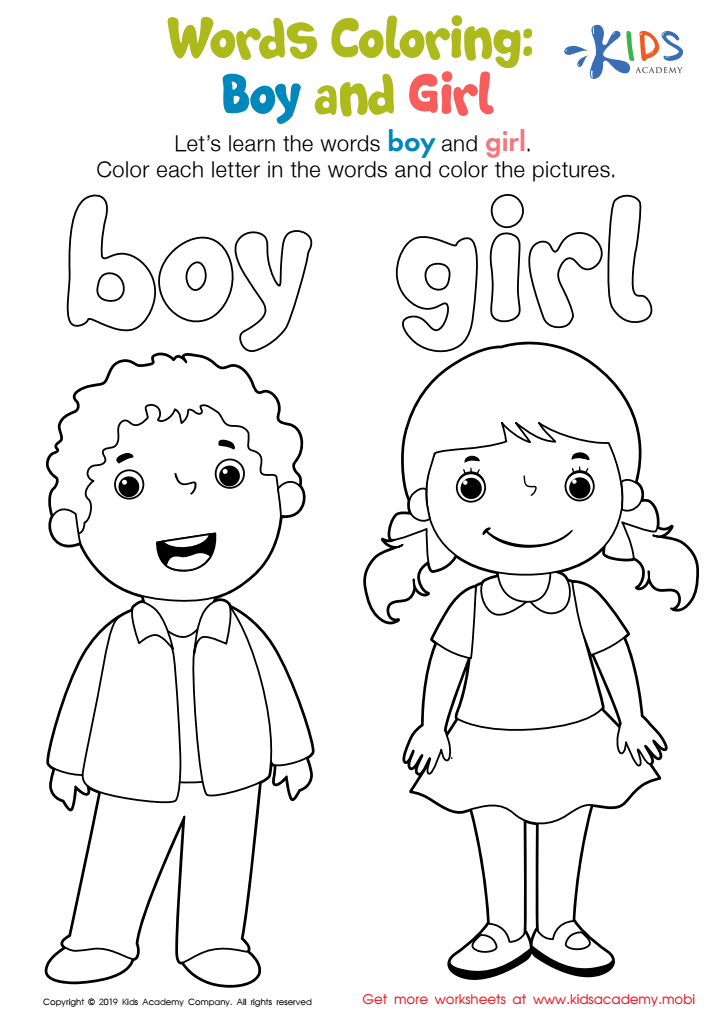

Boy and Girl Words Coloring Worksheet
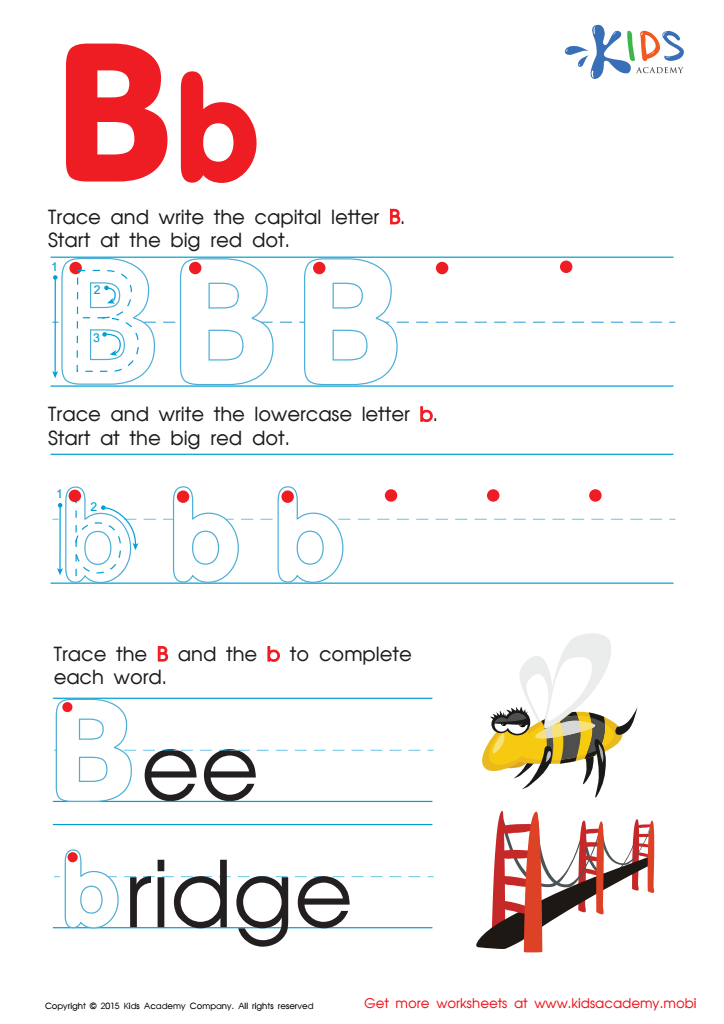

Letter B Tracing Page
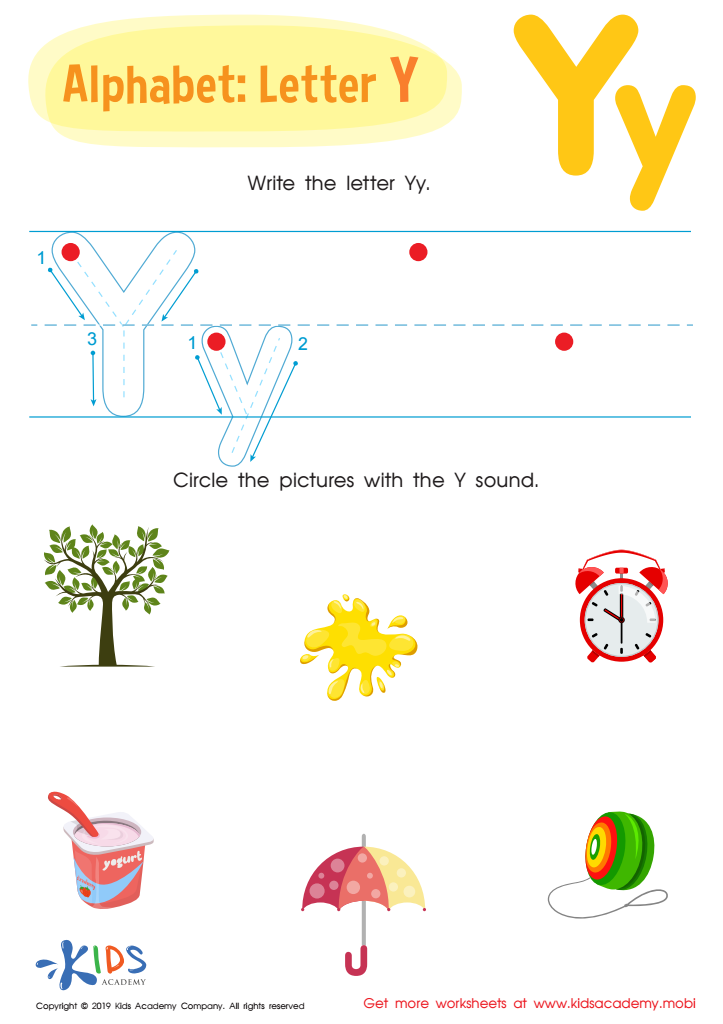

Letter Y Tracing Worksheet
Motor skills development is crucial for children aged 5-9, as it lays the foundation for their physical, emotional, and cognitive growth. For parents and teachers, understanding the importance of these skills means they can support and encourage kids effectively. Fine motor skills, like holding a pencil or cutting with scissors, help children with writing and personal care tasks, essential for their independence at school and home. Gross motor skills, such as running, jumping, and throwing, enhance coordination and balance, which are necessary for participating in games and sports.
Developing motor skills also positively impacts a child’s self-esteem and social interactions. As children master new physical tasks, they gain confidence, which encourages them to take on new challenges. In a classroom setting, strong motor skills contribute to better focus and participation, allowing kids to engage more fully in learning activities.
Furthermore, involvement in physical activities strengthens the mind-body connection, contributing to overall brain development. By promoting motor skills through games, crafts, and exercises, parents and teachers can foster an engaging environment where children thrive both academically and socially. Investing time in motor skill development not only benefits individual children but also builds a healthier, more active community.
 Assign to My Students
Assign to My Students





